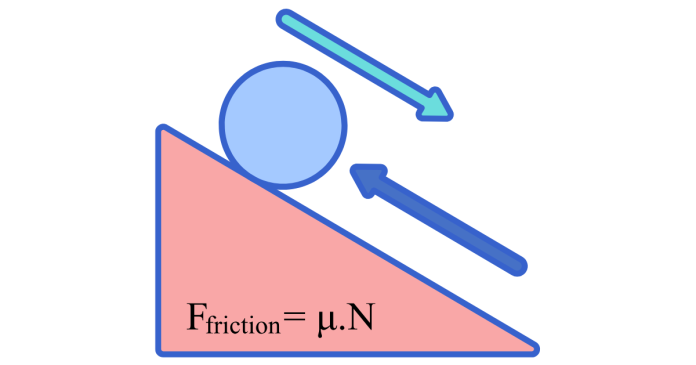The coefficient of static friction (denoted as μₛ) measures how much force is needed to overcome the initial resistance to motion between two objects at rest. It is the ratio of the maximum static frictional force (the force needed to start moving an object) to the normal force acting on the object.
Formula:
μs=Fmax/Fn
Where:
- μₛ is the coefficient of static friction (no units, as it is a ratio).
- Fₘₐₓ is the maximum static frictional force (in Newtons, N).
- Fₙ is the normal force (in Newtons, N), which is the force exerted by a surface to support the weight of an object resting on it.
Explanation:
- Fₘₐₓ is the maximum force that can be applied before the object starts moving. If a force greater than Fₘₐₓ is applied, the object will start to slide, and kinetic friction will take over.
- Fₙ is typically the weight of the object if the surface is horizontal, which is calculated as Fₙ = mg, where m is the mass of the object and g is the acceleration due to gravity (approximately 9.8 m/s²).
Example:
If an object has a normal force of 100 N and the maximum static frictional force required to move it is 40 N, the coefficient of static friction would be:
μs=40/100=0.4
This means that the coefficient of static friction between the object and the surface is 0.4.
Key Points:
- μₛ is typically a value between 0 and 1.
- A higher μₛ means that more force is needed to start moving the object, indicating more friction.
- Static friction is generally stronger than kinetic friction (friction when the object is moving), which is why it takes more force to start moving an object than to keep it moving once it has started.



